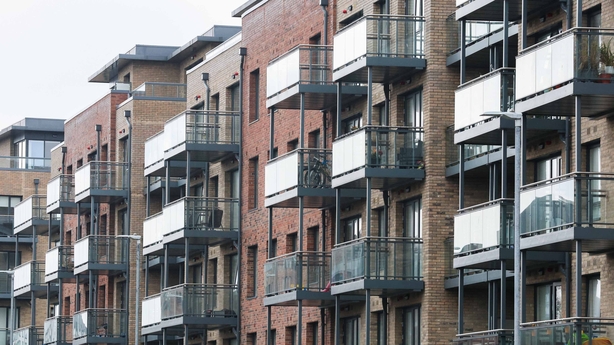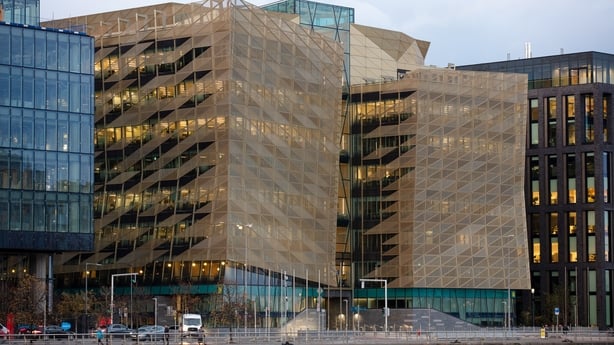Here we are at the beginning of 2025 and some clear trends in the property market are visible, most of which point to prices continuing to accelerate.
One of the key factors determining property prices is interest rates.
It seems clear the European Central Bank will continue to cut rates this year.
That will make it easier for buyers to meet mortgage repayments but will also add to house price inflation.
Two other factors critical to property are the economy and jobs market.
Both look remarkably strong.
Almost 100,000 jobs were created in Ireland in the 12 months to the end of September and wages have been steadily rising with average weekly earnings up 5%.
The economy is also set to grow by about 4% this year according to forecasts.
All of these conditions create interest in buying a property.

The issue is that demand has been far outstripping supply for some years.
That is a long way short of more than 60,000 which are needed to meet demand.
Estate agents estimate that just one-third of the homes built each year actually reach the open market.
There are two reasons.
One is because the State purchases large numbers for social and affordable accommodation.
The second is because many apartment blocks are constructed specifically for build-to-rent investors who are letting units to take advantage of historically high rents.
The latest indications from the MyHome report show that first-time-buyers are taking on bigger loans and are on average older when purchasing a property at 36 years of age, compared to 34 in 2020.
That indicates affordability is becoming stretched.

Central Bank figures show these purchasers were buying homes for an average of €375,000 in the first half of last year, up €21,000 on 2023.
Two-thirds of that increase was accounted for by mortgage debt but one-third by larger deposits.
In 2022, the Central Bank loosened the rules regarding how much first-time buyers could borrow from a bank and allowed them to borrow mortgages of up to four times their incomes.
Latest figures show about half of these purchasers are borrowing close to this limit.
While the ESRI has raised concerns about some borrowers becoming over-stretched, the Central Bank doesn't share that concern.
The report also mirrors other research, and the main message is that prices look set to continue climbing.
New year, same old problem: many of those hoping to get on the property ladder will continue to struggle.







